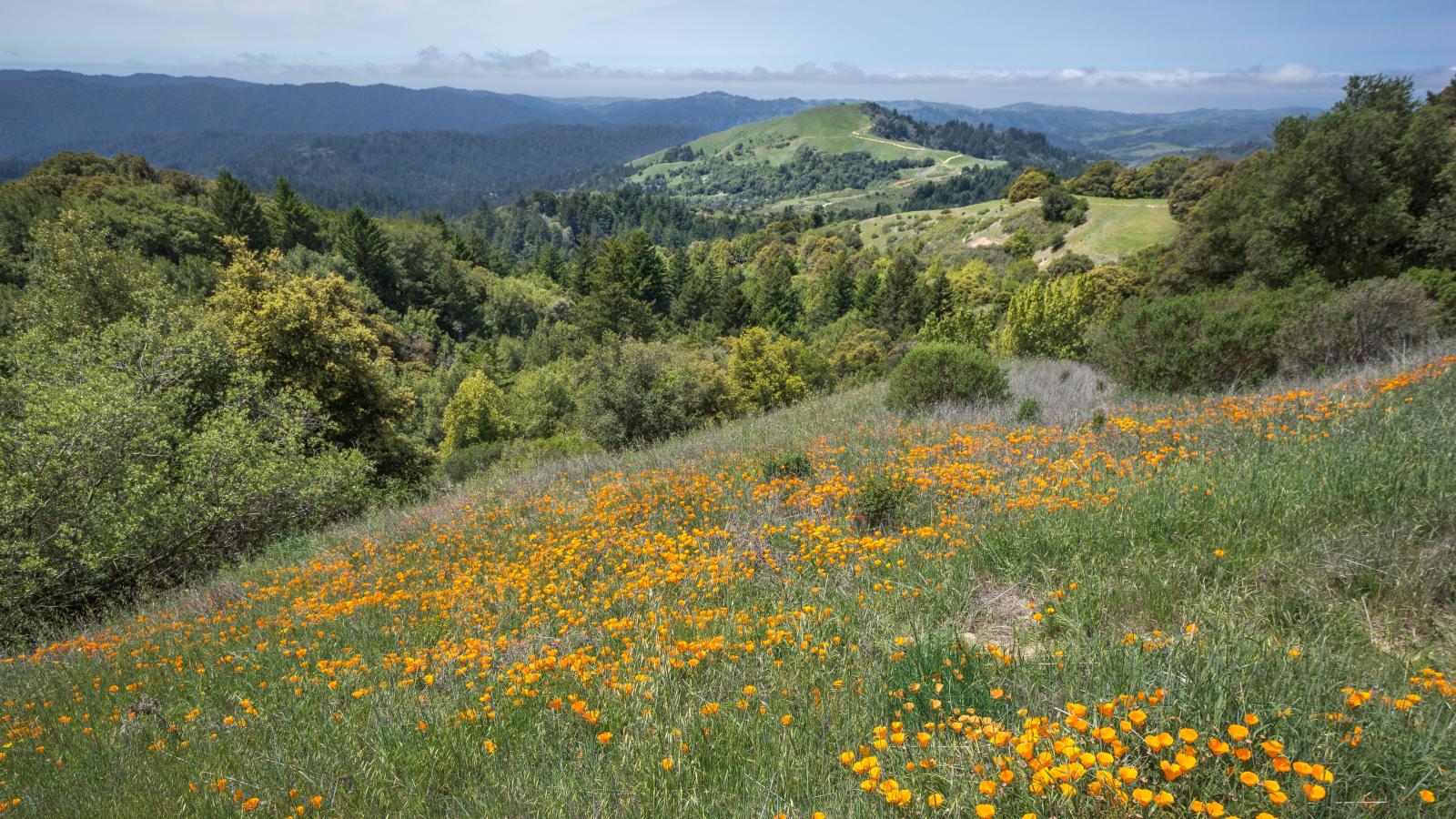Winter 2014-15
I’ve had a lifelong fascination with butterflies that began when I was two, on the day my father had me watch an Anise Swallowtail emerge from a chrysalis. So I’ve studied butterflies over the years and have developed a good working knowledge of them. But something happened this summer that reminded me that there is always something new and interesting to learn about nature.
For years, I’ve observed butterflies in my yards and gardens and invariably they included the Cabbage Butterfly (Pieris rapae), an introduced “white” butterfly that often visits home gardens and which can be a pest of cabbage and related garden vegetables. I live near open space and over the decades I’ve seen white butterflies in the open grassland at various times of the year and just assumed they were cabbage butterflies from nearby gardens checking out the wild mustard – a relative of cabbage.
Recently, I have been poring over a variety of “Lepidoptera” field guides to study the finer points of this interesting taxon and to broaden knowledge of them in general to make my afternoon hikes more interesting. At one point, I noted that the flight of cabbage butterflies was described as “floating and fluttery”. An apt description I thought. Then, late in this past summer, I began seeing the white butterflies in the open grassland again and it occurred to me that their flight was anything but “floating and fluttery”, but rather was “quick and erratic”. So now I really got interested and dove back into my field guides. As I read, I discovered that there are three or more species of “white” butterflies in our area, but only one, other than the Cabbage White, that might be seen in grassland in late summer and that species was the Checkered White, (Pontia protodice). I looked at many photos of these two species and it was clear that the Checkered White had more dark markings and no solid yellow was on the wings. Since I cannot collect in open space preserves, I brought along my binoculars to try to make the identification. This wasn’t easy, but as I tried to focus on the erratic flight the few individuals I’d see each day, I thought I saw dark markings on the wings. I had to know the answer.
With great excitement, I went into the field with my camera and 300mm lens to try to get a digital image. Photographing them on the wing was very frustrating, but I didn’t give up. As one flew up next to me out of the trailside weeds, I kept my eyes on it and saw that it disappeared into the tall, dry grass 100 yards away. I approached the area where it had disappeared; carefully watching for rattlesnakes with each step, and to my surprise, there it was, partially hidden in grass with its wings folded. I immediately began taking digital photos, and could see from those photos that it was indeed, the Checkered White. A new discovery! After it flew away, I walked along and began to notice occasional white spots in the tall grass. As I approached, each spot became a resting Checkered White and so now one more of nature’s delightful mysteries was revealed to me.
My walks in the grassland will never be the same and I hope that those of you who read this think about your experience when you visit the preserves and consider how important it is to share these experiences with your children. For a child, such experiences are, more often than not, brand new, and so the journey of discovery is constant. For me, the discovery of a species that I had misidentified for years was a delightful reminder to be open to the unexpected discovery and take a second look.

